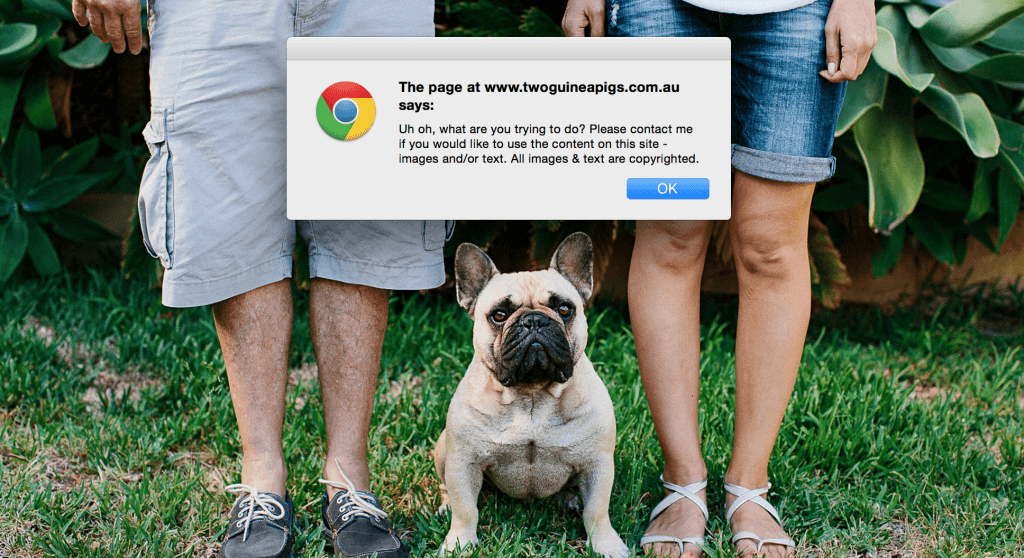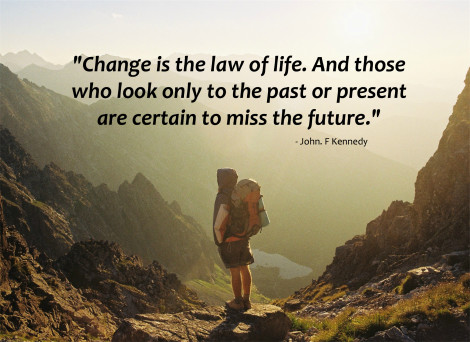 “Bears are opportunistic animals, they take food at the easiest place to get it” – Marko Jonozovic
“Bears are opportunistic animals, they take food at the easiest place to get it” – Marko Jonozovic
The internet is littered with bears.
The difference is that web bears are not after your food.
They’re after your content.
A seemingly harmless way to access and download pictures, Google Image Search has become a popular ‘go to’ solution for a range of individual and company needs. But without proper permission, or licensing a person or company cannot use your photo without your approval.
Here we show what to do if you meet a bear consuming your content, how to fend off a grizzly attack on your photos and other options that may be available to you.
How to survive a cyber attack
When faced with a threat to your content your chosen course of action will depend on your circumstances and the ideal outcome you seek.
Below is a checklist with some suggested strategies:
1. Identify the bear quickly upon your encounter
Is it a ferocious grizzly (a corporation making a profit from your image) or a lone black bear (a private blogger)? Recognising the species of offending animal early will ensure your next steps are not only deliberate and informed but also guarantee your survival.
If you suspect someone is using your photo without permission, first locate the name of the individual or company. You can do this by entering the website name into whois.net. This will arm you with information on the site’s owner/administrator.
Many amateur and professional photographers now take proactive measures to protect their content by undertaking regular reverse searches using Google Image Search. A detailed tracking document that records the date, website, name and contact details of sites using your photos without permission will give you a number of options and also streamline the legal process should you decide to take things further.
2. Deal with the attack as calmly as possible
Avoid making any sudden movements. Bears don’t like surprises.
Aggressively tweeting, facebooking, emailing or phoning will only antagonise the giant.
Step back from the situation, moving slowly and deliberately. Think about the outcome you would like to achieve before sending an initial email.
Below is a short template you may wish to consider using:
Dear [insert relevant name]
I trust this note finds you well.
I have to draw to your attention a matter of concern to me.
I have noticed that an image of mine has been published on your [website / merchandise / advertisement / social media / blog] without my knowledge or approval.
As the sole copyright owner of this image, I would appreciate if you could [remove the image from your website / credit the image with my name].
I regret to have to advise you that if you continue to use my image without my permission, I will be forced to pursue legal action.
Regards,
[insert your name]
3. Pick your battles – Know when to play dead and when not to
In Australia, copyright protection is automatic as soon as your original photo is captured.
If you take an image, you own it.
There is no formal step (such as registration in the US) required to protect your photo under copyright law. Most countries including Canada, China, France, Germany, the UK and the US grant copyright protection to Australian work under international treaties.
Lone opportunists
While no case of your picture being used without permission is ideal, it may be a case of genuine mistaken identity. Early identification means you are in a better position to decide on a course of action.
In most cases it’s likely that an individual has inadvertently consumed your content without realising they were infringing your copyright.
If this is the case, a few strategic displays such as speaking in a low, calm voice and slowly raising your arms in the air to make you appear bigger should make the animal back away.
A simple email or social media message requesting your desired outcome will ordinarily suffice.
Most private individuals will be horrified to hear that they have used your content or published incorrect information and happy to either correctly credit the source; include a live link back to your site; or remove the image altogether.
@MsMarmitelover sorry will do now.
— Rachael Lander (@strungoutblog) November 3, 2014
In Australia, although there is little guidance on what constitutes copyright infringement in the digital age, a recent Federal Circuit Court case established that being ignorant to the owner or need to correctly attribute a photo is no defence to copyright infringement.
This means that it is not possible for someone to argue that they did not know they were infringing copyright regulations by using your photo.
Knowing consumption
If a commercial entity or a mainstream media outlet has knowingly infringed your copyright and is profiting from unauthorised consumption of your photo you may wish to take things further by sending a bill for compensation or seeking damages.
Many professional photographers are successfully suing corporations for breach of copyright and loss of profits for use of their images on websites, magazines, books, t-shirts, advertising or merchandise without seeking permission or paying licensing fees.
To ensure you’re still standing after a face-off with a grizzly corporation you will need to significantly increase your arsenal by contacting a lawyer who specialises in copyright law.
Copyright lawyers hunt bears for a living.
They will advise you on your rights, whether your claim is worth pursuing, the best course of action based on your circumstances and possible remedies you may be awarded based on the loss you have suffered. This could mean an injunction that stops the person or company using, or continuing to use, your image or damages as compensation for the infringement.
The court will take into consideration the seriousness of the infringement and whether it was highly profitable in assessing the amount of damages to award.
5. Exploit the bear’s weaknesses
Understanding your basic rights puts you in a position of power to protect yourself against potential aggressors.
Plan your best possible survival strategy and fight to survive.
In Australia, if you are the owner of copyright in an artistic work (such a as a photo) you have exclusive rights to:
- reproduce your work;
- publish your work; and
- communicate your work to the public.
Copyright protection lasts for 70 years after the photographer’s death.
The Copyright Act also provides you with three moral rights (separate from copyright protection) over your work, including:
- right of attribution of authorship (the right to be named as the author of your work);
- right against false attribution (the right not to have someone else named as the author of your work); and
- right of integrity of authorship (the right not to have your work detrimentally affect your reputation).
If your moral rights are infringed, you may seek damages, an injunction or a public apology.
6. Move quickly and outsmart would-be web bears
While there are a range of remedies available to right a loss suffered from unauthorised use of your pictures, it is worthwhile exploring preventative measures to reduce your risk of an unpleasant encounter.
Some strategies you may wish to consider are:
- clearly watermarking images with your copyright details. For example, © [your name/brand/site/year]. While this strategy is not 100% effective it does require an additional layer of effort, such as cropping, which will go some way towards discouraging opportunists;
- only posting low resolution versions of your photos. This makes your content less attractive as a potential target;
- if you own a website, try disabling right click download options from your pictures. Again, this approach is not completely effective but it does serve as a clear warning;
Julianna Koh-Blackwell, an award-winning Sydney-based pet photographer uses the ‘disable right click download’ approach.
If you are based in Australia, you may also wish to consider registering your images under the US copyright system – particularly if they are likely to be used overseas. This serves to remove any question of ownership rights if a US-based publication or company happens to use your image.
Happy endings
In the digital age, unpleasant encounters with opportunistic internet feeders are not just likely … they are inevitable.
It may be a case of an individual accidentally foraging for content in the wrong place, or it could be something more serious.
In either case, how you choose to deal with the situation will largely depend on the outcome you seek.
Stay informed and take proactive steps to protect yourself and your pictures.
Think you’re ready to tackle a bear head on?
- Make things easier for yourself and seek out a professional based in your area; or contact
- Arts Law Centre – for more information on your rights as a photographer and access to legal professionals specialising in copyright law.
What experiences have you had with people using your images online and how did you deal with it? Tell us about it in the comments section below!

 Agree? Get informed about legal change that impacts you with our newsletter. You'll automatically receive fresh content each time we publish.
Agree? Get informed about legal change that impacts you with our newsletter. You'll automatically receive fresh content each time we publish.